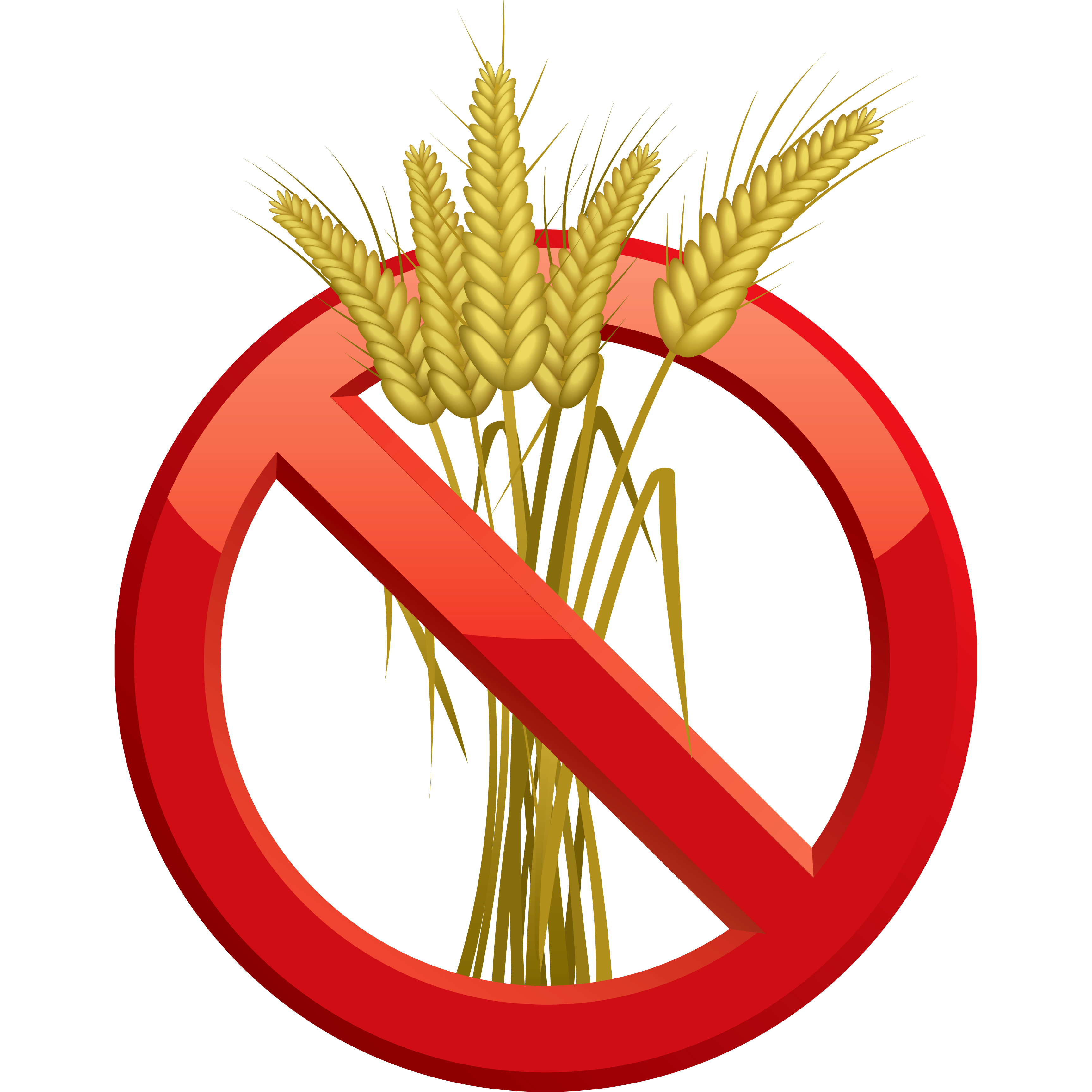Labeling Laws: How Much Gluten is Safe to Eat?
 Thursday, August 4, 2011 at 8:30PM
Thursday, August 4, 2011 at 8:30PM  Elisabeth Veltman, The Tender Foodie tagged
Elisabeth Veltman, The Tender Foodie tagged  Celiac,
Celiac,  FDA,
FDA,  barley,
barley,  celiac disease,
celiac disease,  gluten,
gluten,  gluten-free,
gluten-free,  labeling laws,
labeling laws,  rules,
rules,  rye,
rye,  standards,
standards,  wheat
wheat  Email Article
Email Article  Print Article in
Print Article in  Labeling
Labeling  Since the FDA re-opened the comment period on the 2007 proposed rules for gluten-free labeling, the question on everyone's mind is, "Is the allowed 20 ppm really safe?" According to The University of Maryland's Center for Celiac Research, the safety limit ceilings out at 10 mg. This allows quite a large amount of gluten-free labeled foods that contain the FDA's recommended allowable amount of 20 ppm during processing. In plain English, 20 ppm allows most people with celiac disease to eat 18 slices of gluten-free bread or 9 servings of gluten-free pasta before they reach the limit of 10 mg of gluten in your food. The Center for Celiac Research has also been studying the rise of gluten intolerances. In addition to the 1 in 133 people with celiac disease, there are more than 18 million people have gluten sensitivities which range from mild to severe reactions.
Since the FDA re-opened the comment period on the 2007 proposed rules for gluten-free labeling, the question on everyone's mind is, "Is the allowed 20 ppm really safe?" According to The University of Maryland's Center for Celiac Research, the safety limit ceilings out at 10 mg. This allows quite a large amount of gluten-free labeled foods that contain the FDA's recommended allowable amount of 20 ppm during processing. In plain English, 20 ppm allows most people with celiac disease to eat 18 slices of gluten-free bread or 9 servings of gluten-free pasta before they reach the limit of 10 mg of gluten in your food. The Center for Celiac Research has also been studying the rise of gluten intolerances. In addition to the 1 in 133 people with celiac disease, there are more than 18 million people have gluten sensitivities which range from mild to severe reactions.
Read more specifics on The Center for Celiac Research's guidelines.
Lend your voice to the comments on the FDA's website
Read The Center for Celiac Research's initial reaction to the proposed law.
Excerpt:
“This standard has been in use in Europe for almost two decades,” says Fasano, “and the science supports its adoption in the U.S.” says Alessio Fasano, M.D., director of the University of Maryland (UM) School of Medicine’s Center for Celiac Research and an internationally renowned expert on celiac disease.

